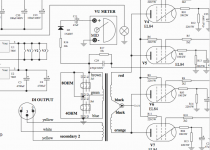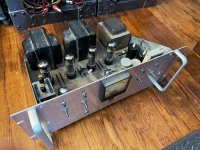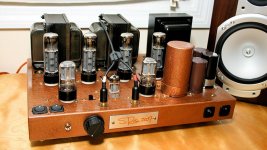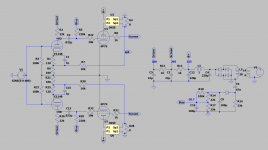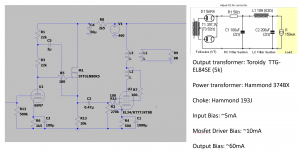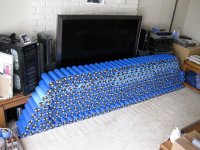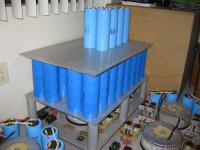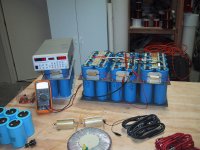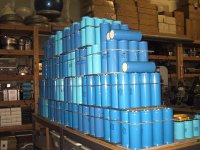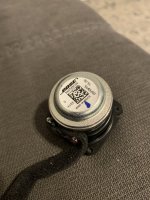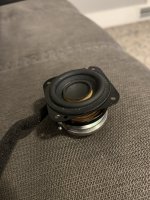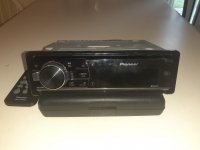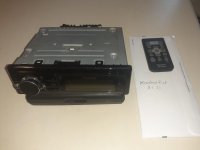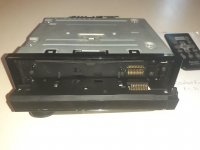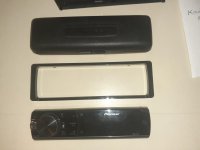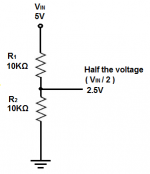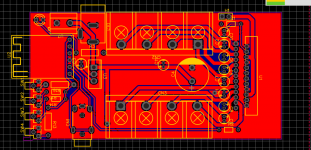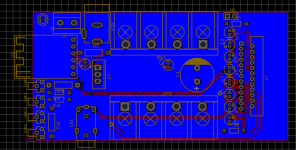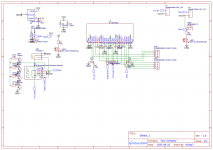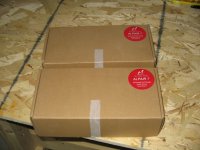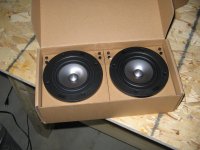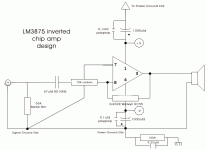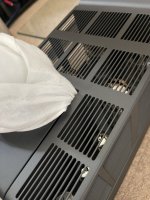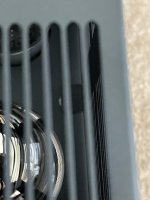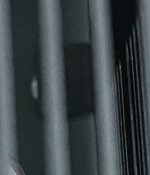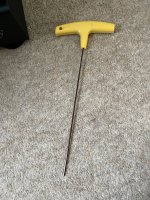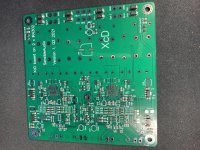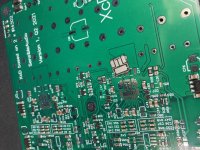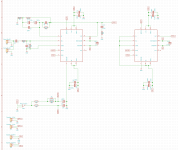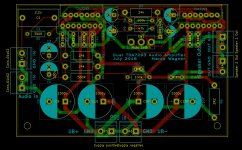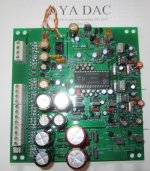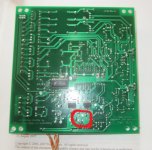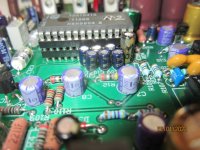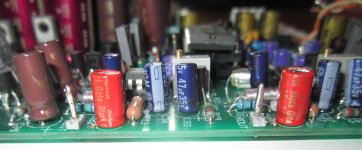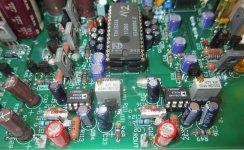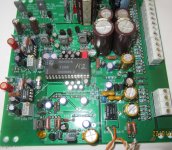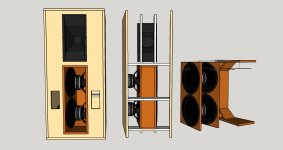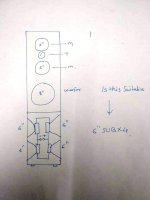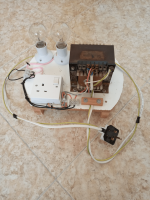I have been fighting "something" ill defined but I can hear and my wife very clearly, that is unpleasant is some recordings, played on some electronics on some speakers, for a good 10 years. I think I have finally cracked the code, so to speak.
Yesterday, I was able to make the symptom come and go based on which tweeter was in play, and which DAC I was using. Yes DAC.
The symptom is an upsetting "glare" for want of a better word. I tracked it down to a narrow frequency range, around 3100 Hz. Any recording engineer knows that band well. The good ones at least, which may be part of the problem. My theory is this being in the most sensitive part of our hearing, we may be genetically biased as it is the shrillness of a baby scream in distress. It is most evident on cymbals, trumpets, and soprano voices. Things strong in that band but have copious strong overtones. No, the problem is not simple EQ, though you can reduce it, doing so changes the balance even with a Q of 6 on the filter. Just cutting above 18K does not change the problem at all, so it is not solely the source. This problem is so clear as to be above small differences in level and EQ. Those we can hear too, but they are different.
The action I believe is upper harmonics exciting the tweeter breakup and the resulting IMD is down in the critical range. Likely all over but we seem to be sensitive to a narrow band. As they are not present in a CD due to being above the Nyquist limit, it is our playback chain.
I can make it more or less depending on the amplifier or DAC. I can make it decrease with a low pass filter on the tweeter. I can make it go away by switching to a tweeter better behaved above 18K. It may follow, the reason amps sound different is how they handle harmonics, dominant pole vs Miller compensation measurably changes this. DAC output filtering has many options as does the output buffer. Again measurable. Unfortunately, I can't afford the equipment to measure it. I can use my wife's hearing and to a lessor extent mine.
The key was getting some new Sennheiser headphones. I could hear NO difference in the DACS. My old Grado's I could. Well, they were not well behaved above 20K either. I could hear it in the speakers, 27TDFC or DXT vs XT-25. I have some old cheap VIfa domes that were far worse. XT-25's, DACs sounded the same. So it is interaction between source, through the playback electronics, and the transducer. That is my working theory. I swapped out the Parasound amp (biggest offender) for my old MOSFET, and swapped the Schiit Asgard internal DAC for the JDS AtomDAC+, another clear step. Now the speakers. So, ordering a pair of XT-25's and a set of CSS woofers today for a new build. ( If I had the budget, it would be Purifi and Scan Speak)
Cymbals a dead give away. Trumpets, and soprano voices. Maybe, after 45 years, I can crank up my Big Band and my better half does not leave the room.
Could this be why some prefer ribbon tweeters in spite of their higher HD? No breakup? I have always dismissed them as the are usually implemented way too bright and we don't have tone controls anymore. At least not in showrooms.
